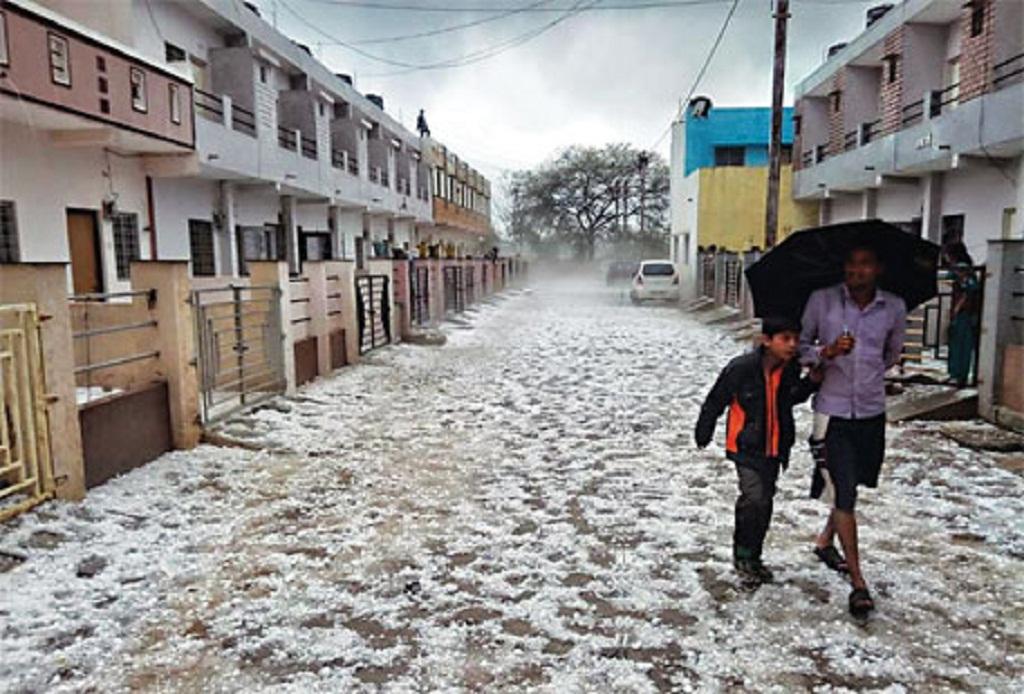

Scientists reason why the beneficial weather phenomenon has become increasingly disastrous



What is common to the 2010 cloud burst in Leh, Uttarakhand floods in 2013 and the excessive rain in Jammu and Kashmir in 2014? They were all linked to the Western disturbances.
Western disturbances are low-pressure areas embedded in the Westerlies, the planetary winds that flow from west to east between 30°-60° latitude. They usually bring mild rain during January-February, which is beneficial to the rabi crop. But in the past few years western disturbances have been linked to disasters such as the cloud burst in Leh in 2010, the floods and landslide in Uttarakhand in 2013 and the excessive rain in Jammu and Kashmir in 2014.
In 2015, as per the India Meteorological Department, the average rain received between March 1 and March 18 was 49.2 mm—197 per cent above normal. This caused severe damage to crops in several states of the country. According to a statement by Union agriculture minister Radha Mohan Singh in the Rajya Sabha on March 19, crops in over 5 million hectares have been damaged. But despite the destruction the disturbances have been causing, there have been very few studies to understand them.
Scientists agree that western disturbances are formed naturally. They originate in the Mediterranean region and travel over Iran, Iraq, Afghanistan and Pakistan to enter India loaded with moisture, where the Himalayas obstruct them, causing rain and snow in western Himalayas. The snow adds to the glaciers which provide water to India’s major perennial rivers.
Scientists agree that western disturbances are formed naturally. They originate in the Mediterranean region and travel over Iran, Iraq, Afghanistan and Pakistan to enter India loaded with moisture, where the Himalayas obstruct them, causing rain and snow in western Himalayas. The snow adds to the glaciers which provide water to India’s major perennial rivers.
But what is it that is making this beneficial weather phenomenon increasingly disastrous? Down To Earth reported extensively on this issue in a cover story in April. Read here.
We are a voice to you; you have been a support to us. Together we build journalism that is independent, credible and fearless. You can further help us by making a donation. This will mean a lot for our ability to bring you news, perspectives and analysis from the ground so that we can make change together.

Comments are moderated and will be published only after the site moderator’s approval. Please use a genuine email ID and provide your name. Selected comments may also be used in the ‘Letters’ section of the Down To Earth print edition.